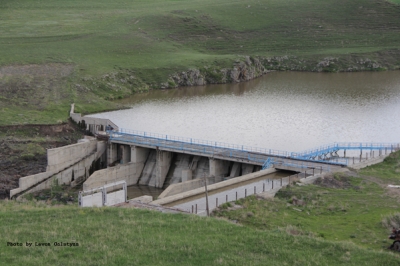

EcoLur
In the framework of the project entitled “Support to the Reforms of SHPPs through a Dialogue between the Public and The Ministry of Nature Protection of the RA for the Purpose of River Ecosystem Use” the expert group visited “Marmashen” SHPP. “Marmashen” SHPP is located in the administrative area of Vahramaberd and Marmashen community, Shirak Region. The SHPP is constructed on the Akhuryan River (length – 186 km) next to “Arpi Litch” National Park and “Marmashen” Monastery Complex constructed in 9-11st centuries. The SHPP is operated by “Elbist” LLC.
As a result of the monitoring, the expert group found out:
- The SHPP has been operating since 2011.
- There are certain incompliances between the real coordinates in water intake and discharge sections and the coordinates laid down in the water usage permit.
- The constructed head section doesn’t correspond with the project solutions. A dam of 10-11 meters high is constructed in the water intake point instead of projected 4.5 meters. The length of the dam is about 40 meters instead of projected 11 meters. As a result, an artificial pond generated with around 200,000 cum capacity. As SHPP representative assures, almost all water of the Akhuryan River is taken for Shirak canal in the irrigation season and the water amount laid down in the water usage permit is not left in the river.
- According to the water usage data, the SHPP can take water from the river during 12 months using annually 220700.0 m3 water ensuring environmental flow of 0.66 m3/s.
- According to “Computation Center” CJSC data, in 2014 “Marmashen” SHPP operated for 11 months and produced 2271804 kW electricity.
- A stair-like fish passway made of concrete has been constructed in the head section. The current structure of the fish passway, especially its lower part, is 1 meter higher than the riverbed, which create obstacles for medium and small fish species to ensure their natural movement up the river.
- There is no fish-protecting structure in the SHPP head section, there is only a garbage collector, but the fish can get into the pipe through its wide bars.
- You can meet the following fish species in the Akhuryan River - brown trout (Salmo fario) (met accidentally), the blackbrow bleak (Acanthalburnus microlepis), the Sevan khramulya (Capoeta capoeta), the Kura nase (Chondrostoma cyri), the squalius (Squalius orientalis), Kura barbell (Barbus cyri), the South Caspian sprilin (Alburnoides eichwaldii), the Angora loach (Oxynօemacheilus angorae), the Kura loach (Oxynօemacheilus brandtii), the asp (Aspius aspius) (red-listed in Armenia), the Kura bleak (Alburnus filippii), the common carp (Cyprinus carpio), the Monkey goby (Neogobius fluviatilis), the Golden loaches (Sabanejewia aurata) (red-listed in Armenia), the Prussian carp (Carassius gibelio) (climate-accustomed), the stone moroko (Pseudorasbora parva) (climate-accustomed). In individual cases you can meet the Kamchatkan rainbow trout (Parasalmo mykiss), silver carp (Hypophthalmichthys molitrix) and the bighead carp (Aristichthys nobilis), the grass carp (Ctenopharyngodon idella) and other fish species, which penetrate here from fish farms.
- There are two pipelines installed the diameter of which is 2 meters, length – 587 meters. The sizes of the pipes comply with the project data, they are buried under the ground.
- Quality European equipment is installed in the station with complete automatic management system. Turbine is of Czech production – Crossflow make, which starts operating even in 10% of water ensurance. Two turbines are installed.
- SHPP substation is fenced where two turbines are installed oil-collecting system.
- Landscape has been violated, as the huge dam has formed a big lake mirror.
- There is no water-meter sealed by a relevant environmental body in the water intake.
- In 2015 the State Environmental Inspection carried out inspections in the SHPP and imposed an administrative fine of 200,000 AMD, the damage caused to environment accounted for 486,000 AMD.
Conclusion
There is a conflict of interests between Akhuryan river water users. The water taken from the river for irrigation is not controlled and it’s not estimated how much water is left in the river for SHPP operation and environmental balance of the river.
This SHPP shall be another cause to discuss this issue in the frames of basin management. By saying water basin we should understand not only the area from Arpi Litch reservoir to Akhuryan River with its tributaries and the area planned for Kaps reservoir, but also Arpi Litch reservoir with its drainage basin.
Proposals
1.To collect hydrological data and study them professionally taking into consideration water intake for the SHPP and irrigation.
2.To take measures to control irrigation system, if needed, to review water usage permit of the SHPP.
3.To install water-meter sealed by a relevant environmental body in the water intake.
4.To reconstruct the head section - dam and fish passway.
5.To construct a fish-protecting structure.
6.To find out to what extent it’s permissible and safe the existence and development of the artificial pond generated due to the dam of the SHPP.
7.To remove all temporary buildings and machinery from the area not to spoil the aesthetic view of “Marmashen” Monastery Complex located in a distance of 100 meters, as well as to ensure the sustainability of the complex building.
 |
 |
 |
 |
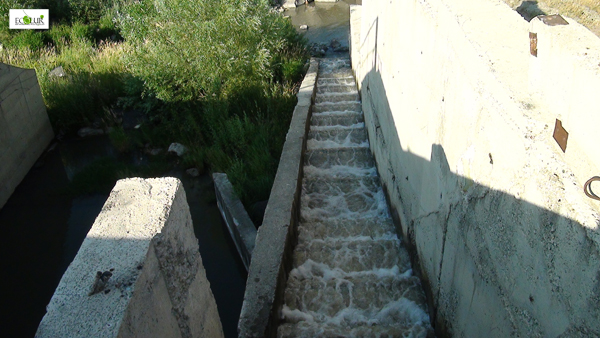 |
 |
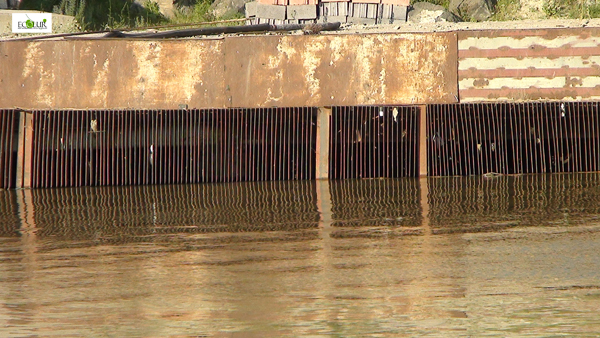 |
 |
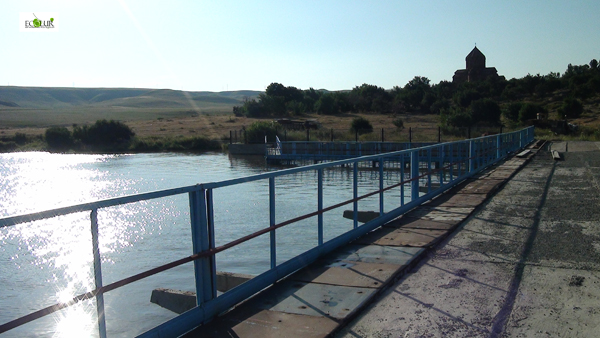 |
 |
 |
 |
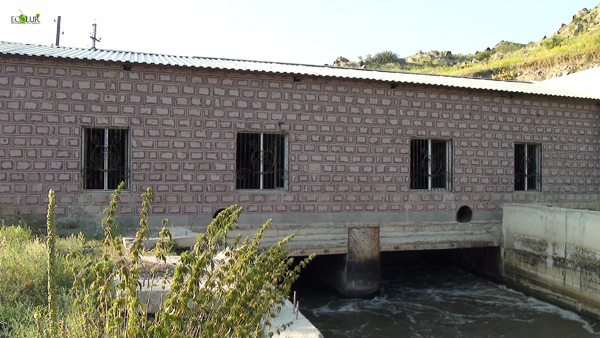 |
 |
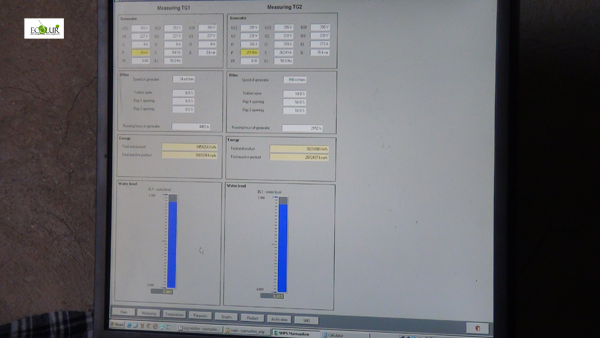 |
 |
 |
The material was developed in the frames of “Supporting reforms in the sector of small hydro power plants through enabling a dialogue between civil society and the Ministry of Nature Protection for sustainable use of river ecosystems” supported by UNDP/GEF Small Grants Programme".
October 22, 2015 at 14:01
